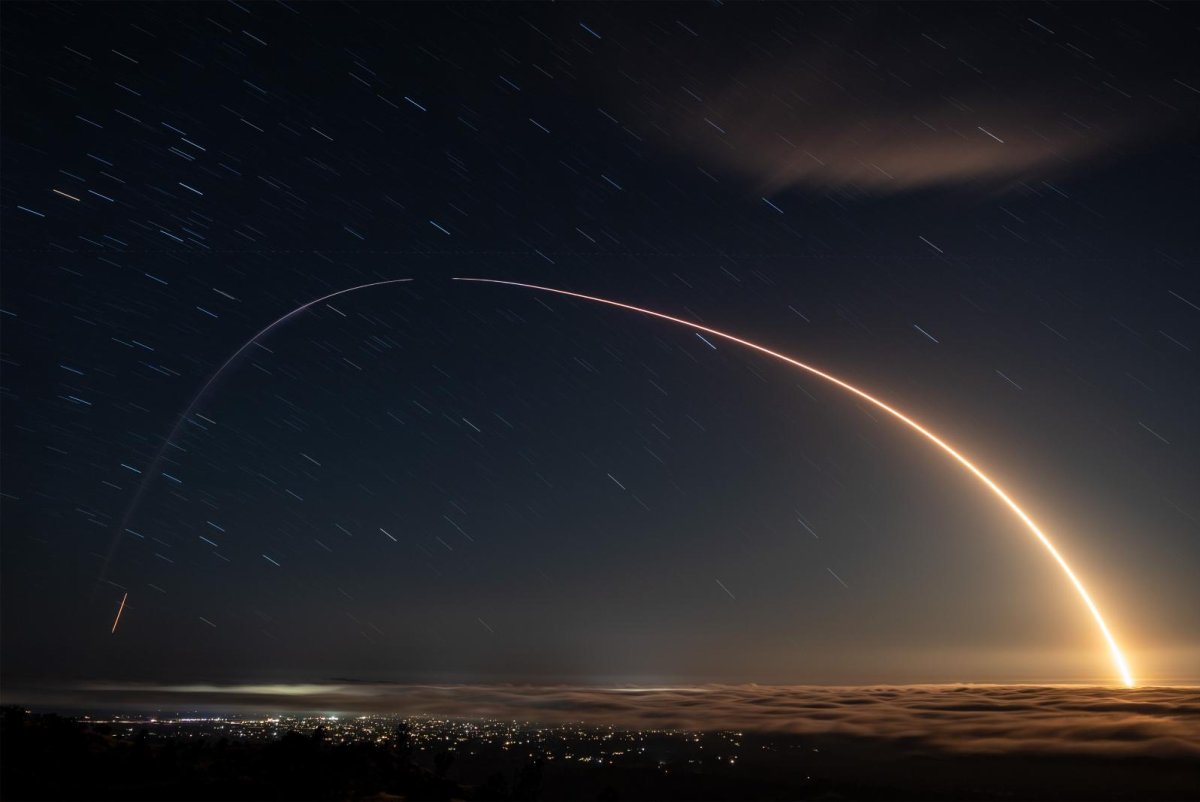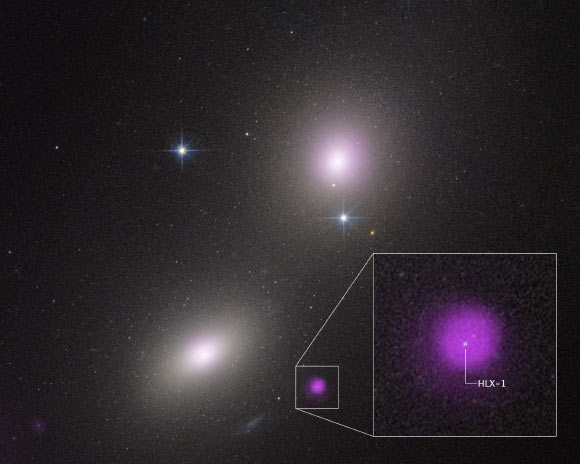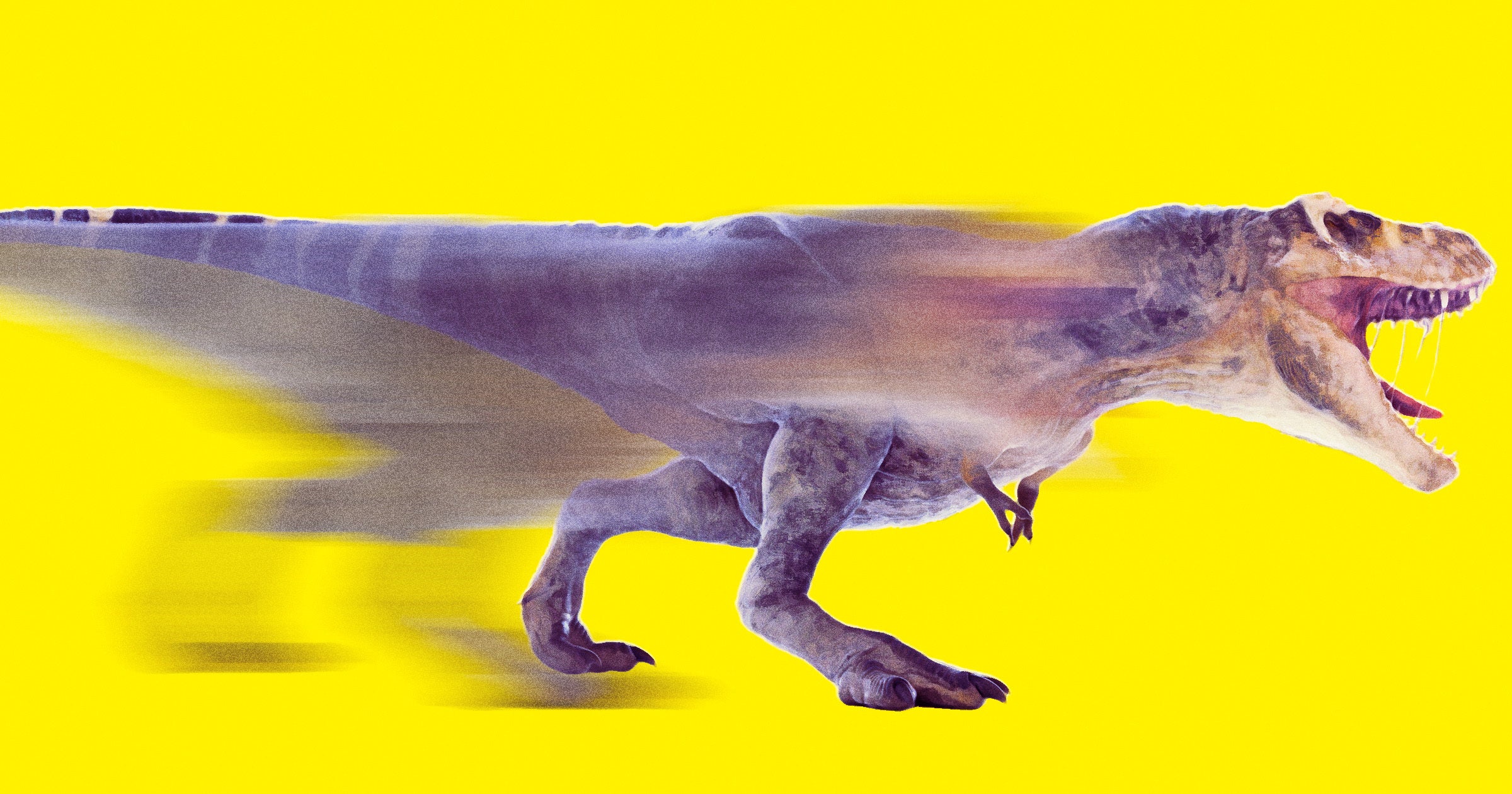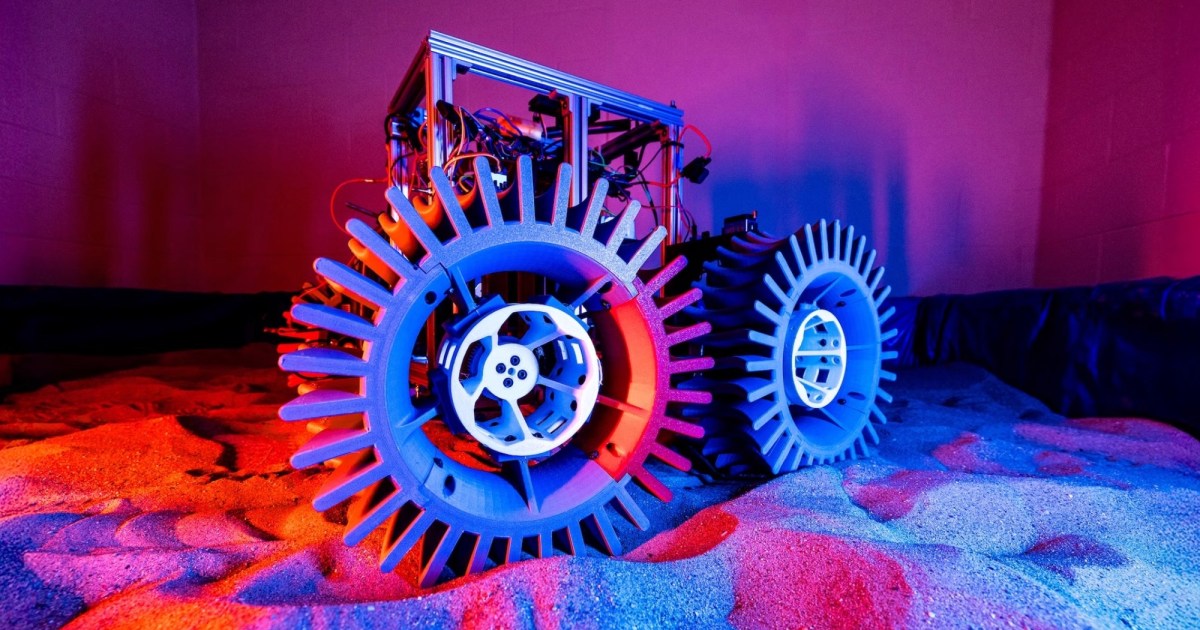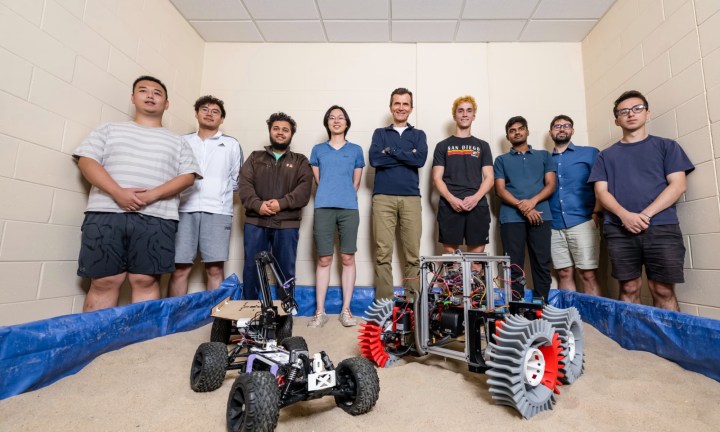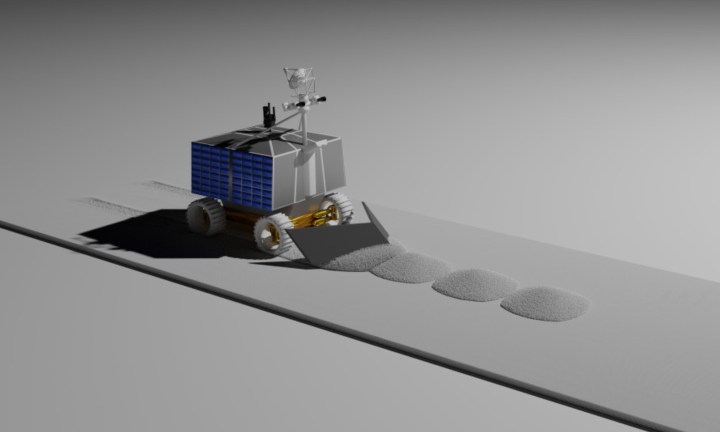German scientists have discovered a method to control atomically thin semiconductors using ultrashort pulses of terahertz light, rather than traditional electric signals.
This could open doors for electronic components (like transistors or sensors) that work thousands of times faster, controlled by light, not wires or slow electronics. To make this possible, the researchers use terahertz light (a type of electromagnetic radiation between infrared and microwave in the spectrum).
This kind of light is super fast and can “tickle” materials in ways regular electronics can’t, the researchers explain. Another important component is nanoantennas, which are tiny 3D–2D structures designed to capture terahertz light and convert it directly into vertical electric fields within the semiconductor.
The electric fields they generate are extremely strong (millions of volts per centimeter) and, likewise, are super fast. However, the core of the discovery lies in atomically thin semiconductors.
Atomically thin semiconductors
Materials like molybdenum disulfide (MoS₂) are only a few atoms thick. These are already being studied for use in ultrathin electronics, displays, and solar cells.
Normally, to change the behavior of a semiconductor (such as switching a transistor), you apply a voltage through traditional circuitry. But the process is slow, limited to microwave speeds, and dependent on bulky electrical components.
To this end, the new method utilizes light for switching. This is clearly ultrafast, on the order of femtoseconds to picoseconds (one trillionth of a second).
It is also non-contact, so there is no need for physical connections, such as wires. This means they can be more energy-efficient and potentially miniaturized further.
To test their idea, the team attempted to prove the concept in the lab. They found that when they hit the MoS₂ with pulses of terahertz light, the material’s electronic and optical properties changed.
This, the team explains, was a sign they were controlling it in real-time. Specifically, they observed a “Stark shift,” or a change in the energy levels of the material’s excitons (electron-hole pairs).
This, they explain, proved that their strong light-induced electric field was working. The Stark effect is a well-known phenomenon in which electric fields shift the energy levels of electrons in atoms or materials. Seeing this means that the terahertz field was strong and direct.
Exciting possibilities in the future
It also means the change happened without wires or conventional circuits, and the response was coherent (well-controlled and repeatable). This discovery, the team explains, could lead to some interesting possibilities.
It could, for example, be used to develop next-generation computers that use light-controlled transistors. The discovery could also lead to faster data transmission systems and ultrafast cameras or sensors.
It could also be used for quantum computing components that can be manipulated optically or to develop devices that are smaller, faster, and possibly more energy-efficient.
“Traditionally, such vertical electric fields, used, for example, to switch transistors and other electronic devices, are applied using electronic gating, but this method is fundamentally limited to relatively slow response times,” explains the project leader, physics professor Dr Dmitry Turchinovich from Bielefeld University.
“Our approach uses the terahertz light itself to generate the control signal within the semiconductor material – allowing an industry-compatible, light-driven, ultrafast optoelectronic technology that was not possible until now,” he added.
You can view the study for yourself in the journal Nature Communications.

